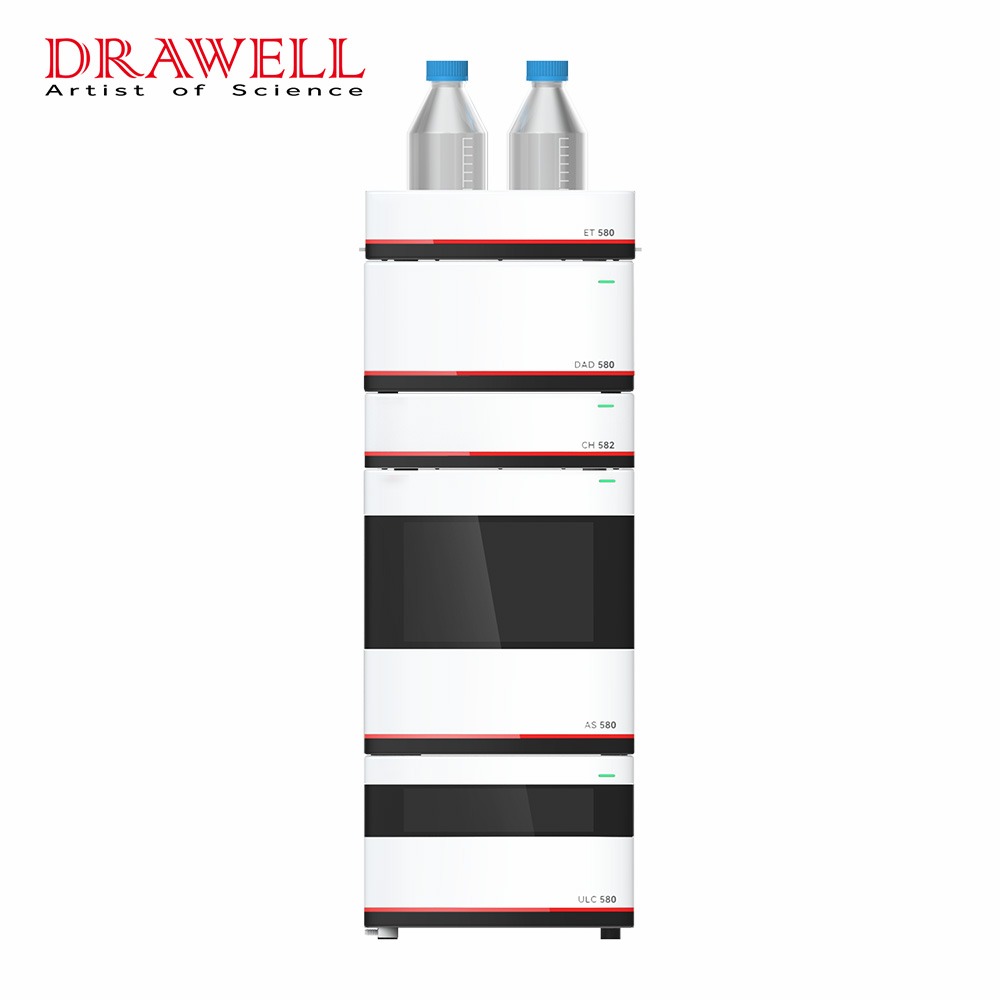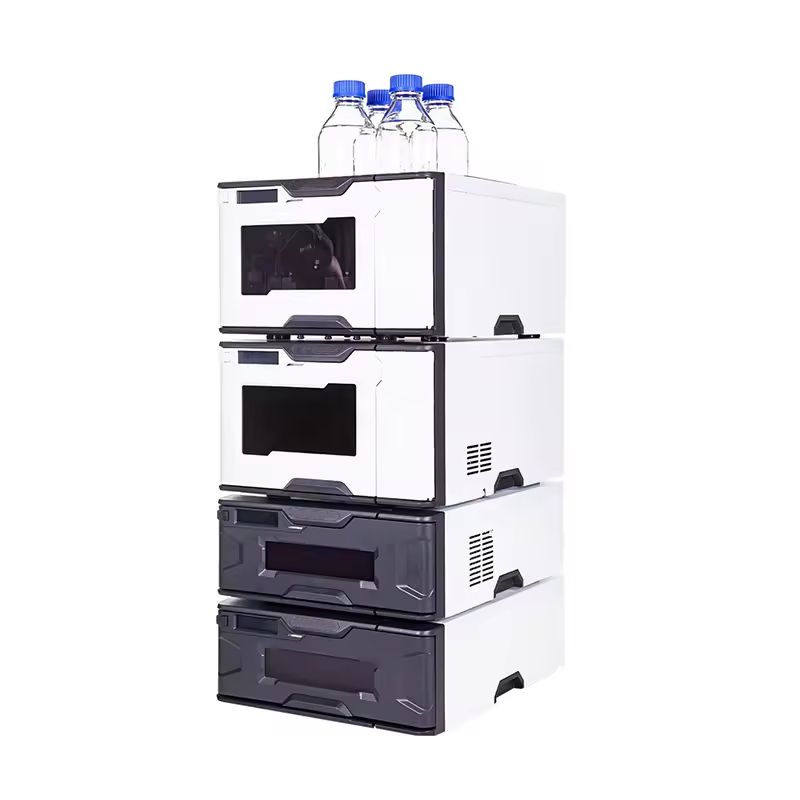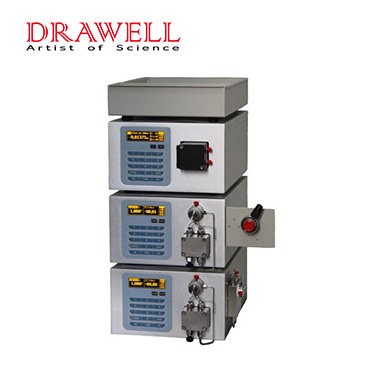High-Performance Liquid Chromatography (HPLC) is a sophisticated analytical technique used in many sectors to separate, identify, and quantify chemical components in complicated mixtures. Efficient method creation and optimization in HPLC are critical for producing accurate and consistent results while reducing time, cost, and resource requirements. This article explores strategies and best practices for maximizing efficiency in method development and optimization processes in HPLC.
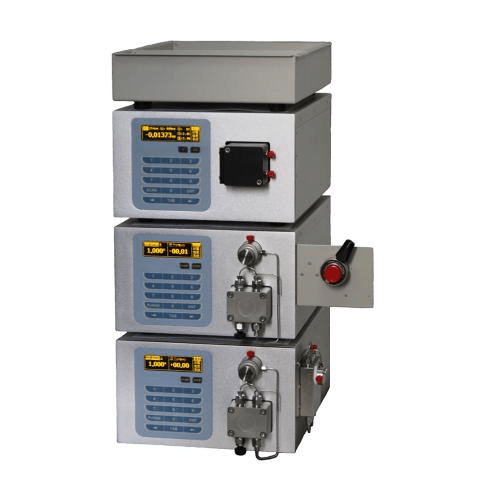
Understanding Method Development and Optimization in HPLC
| Aspect | Description |
| Definition | Process of creating and refining analytical methods in High-Performance Liquid Chromatography (HPLC) to achieve accurate and efficient separation. |
| Objectives | Selection of stationary and mobile phase components. Optimization of parameters: column temperature, flow rate, gradient conditions. |
| Factors Considered | Sample characteristics: polarity, solubility, stability. Analyte properties: size, charge, chemical properties. |
| Techniques | Isocratic Method: Constant mobile phase composition. Gradient Method: Alters mobile phase composition over time. |
| Instrumentation | HPLC systems equipped with pumps, injectors, columns, detectors, and data analysis software. |
| Applications | Pharmaceutical, environmental, food, forensic analysis for compound quantification and identification. |
| Validation | Method validation ensures reliability and compliance with regulatory standards through performance parameters like linearity, precision, accuracy, and specificity. |
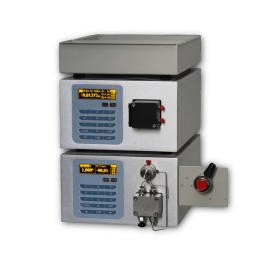
Challenges in Method Development and Optimization in HPLC
1. Selectivity and Resolution
Achieving adequate selectivity and resolution for target analytes can be challenging, especially in complex sample matrices. Selectivity refers to the ability of the chromatographic method to separate the analyte of interest from other components in the sample, while resolution refers to the degree of separation between adjacent peaks. Optimizing selectivity and resolution often requires careful selection of stationary phase, mobile phase composition, and chromatographic conditions.
2. Peak Shape and Symmetry
Obtaining symmetrical peak shapes is essential for accurate quantification and reliable peak identification. However, peak shape deformations, such as tailing or fronting, can occur due to interactions between analytes and stationary/mobile phase components, column overloading, or inefficient sample solubility. Addressing peak shape issues often involves optimization of mobile phase pH, buffer concentration, column temperature, and injection volume.
3. Column Selection and Conditioning
The choice of chromatographic column is critical for method development in HPLC. Selecting an appropriate column phase (e.g., reverse phase, normal phase, ion exchange) with the right particle size, pore size, and functional groups is essential for achieving optimal separation. Conditioning the column to ensure reproducible performance and minimizing column equilibration time are also important considerations.

4. Mobile Phase Optimization
The composition and properties of the mobile phase significantly influence chromatographic separation in HPLC. Optimization of mobile phase parameters such as solvent type, solvent strength, pH, and buffer concentration is crucial for achieving the desired separation efficiency and selectivity. Balancing between resolution, analysis time, and solvent consumption is often a challenge in mobile phase optimization.
5. Gradient Development and Programming
Gradient elution is commonly used in HPLC to improve separation efficiency and shorten analysis time. However, developing and programming gradient elution methods can be complex, particularly when dealing with multiple analytes with diverse physicochemical properties. Optimizing gradient parameters such as gradient slope, duration, and composition transitions requires careful consideration of peak elution order, retention times, and solvent compatibility.
6. Sample Preparation and Compatibility
Sample preparation plays a crucial role in HPLC method development, particularly for complex sample matrices or trace-level analytes. Challenges may arise from sample matrix interference, analyte instability, or poor sample solubility. Selecting appropriate sample preparation techniques, such as solid-phase extraction (SPE), filtration, or derivatization, and ensuring compatibility with HPLC conditions are essential for reliable analysis.
7. Instrumentation and System Suitability
Instrumentation factors, including column temperature control, detector sensitivity, and system suitability parameters, can impact method performance and reproducibility. Ensuring proper calibration, maintenance, and system suitability testing (e.g., peak symmetry, resolution, retention time repeatability) are critical for robust method development and optimization.
8. Method Validation and Transfer
Method validation is essential to ensure the reliability, accuracy, and precision of HPLC methods for routine analysis. Challenges may arise during method validation, such as establishing appropriate acceptance criteria, demonstrating method robustness, and addressing potential matrix effects or interferences. Additionally, transferring validated methods between laboratories or instruments while maintaining method performance can be challenging and requires careful coordination and verification.
Efficient Strategies for Method Development and Optimization in HPLC
1. Clearly Define Analytical Objectives
Begin by identifying the analytical objectives, which include the chemicals of interest, the necessary separation, detection limits, and regulatory requirements. Understanding the analytical aims informs the choice of relevant method development methodologies and optimization parameters.
2. Utilize Design of Experiments (DOE)
The Design of Experiments (DOE) is a strong statistical tool that allows for the systematic investigation of various elements and their interactions in method development. DOE facilitates parameter optimization by reducing the number of experiments required while maximizing information gained.
3. Optimize Mobile Phase Composition
Optimal separation requires careful selection and optimization of mobile phase composition, including solvent type, pH, and buffer concentration. Use gradient elution and isocratic elution procedures to improve peak resolution, retention durations, and sensitivity.
4. Select Suitable Column and Stationary Phase
Choose the column and stationary phase that are most suited to the analytes’ physicochemical features, such as polarity, size, and chemical structure. Examine various column chemistries, lengths, and particle sizes to improve separation efficiency and resolution.
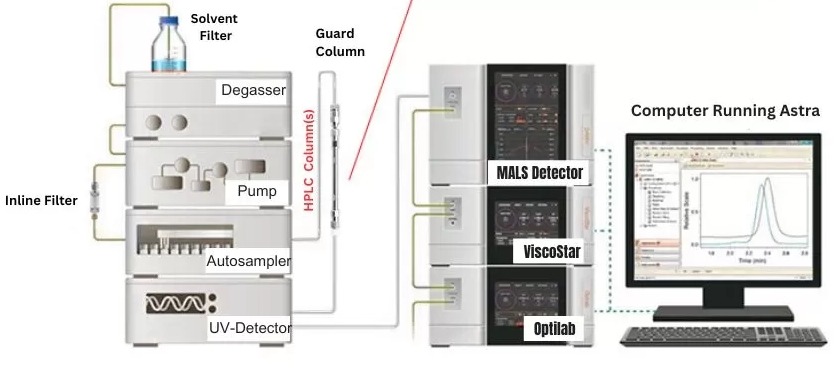
5. Optimize Chromatographic Conditions
Fine-tune chromatographic conditions, such as column temperature, flow rate, and injection volume, to optimize peak shape, retention times, and sensitivity. Experiment with different parameters systematically to identify optimal conditions while maintaining method robustness.
6. Evaluate Sample Preparation Techniques
Evaluate various sample preparation techniques, such as dilution, filtration, extraction, and derivatization, to improve sample compatibility, cleanliness, and sensitivity. Optimize sample preparation methods to minimize matrix effects and enhance analyte recovery.
7. Employ Quality-by-Design (QbD) Principles
Implement Quality-by-Design (QbD) principles to systematically design and optimize HPLC methods with predefined performance criteria and quality attributes. QbD emphasizes the understanding of process variables and their impact on method performance, facilitating efficient method development and optimization.
8. Utilize Advanced Instrumentation and Software
Take advantage of advanced HPLC instrumentation, including high-resolution mass spectrometry (HRMS), ultraviolet (UV) detectors, and automated sample handling systems, to enhance method sensitivity, selectivity, and throughput. Utilize software tools for data analysis, method optimization, and automation to streamline method development workflows.
9. Utilize Prior Knowledge and Literature Review
Leverage existing knowledge and literature to identify suitable column chemistries, mobile phase compositions, and chromatographic conditions for similar analytes or sample matrices. This can streamline the method development process and reduce experimentation time.

Conclusion
Efficient method development and optimization are critical for improving the performance, reliability, and productivity of HPLC analysis. Continuous improvement and commitment to best practices ensure that HPLC methods are efficiently and successfully implemented for a wide range of analytical issues in research, quality control, and regulatory compliance across industries.

